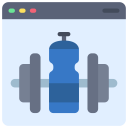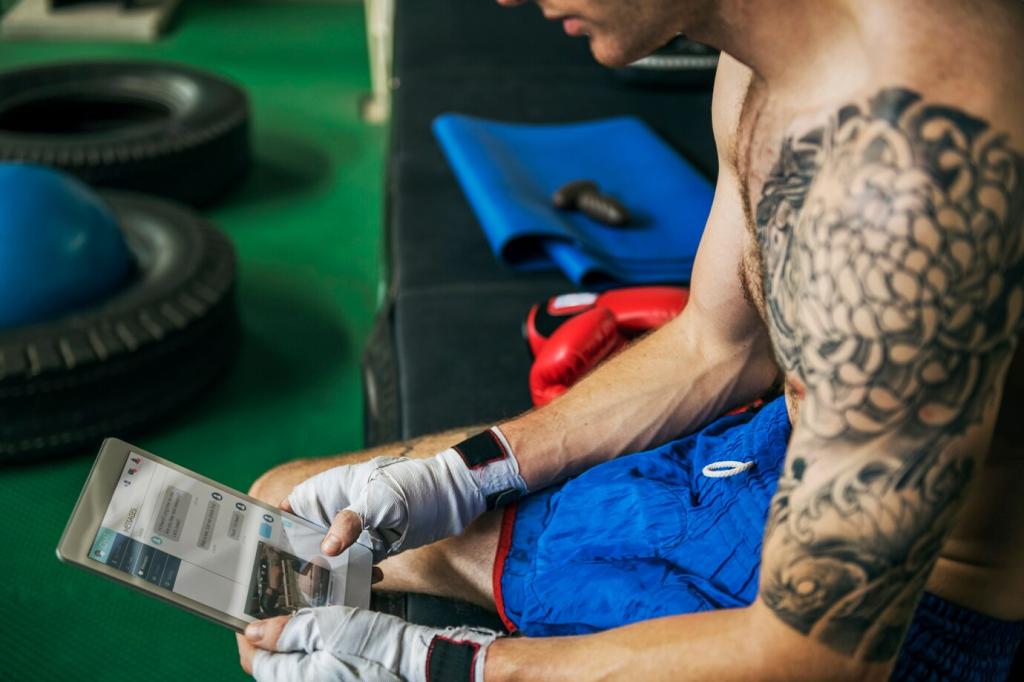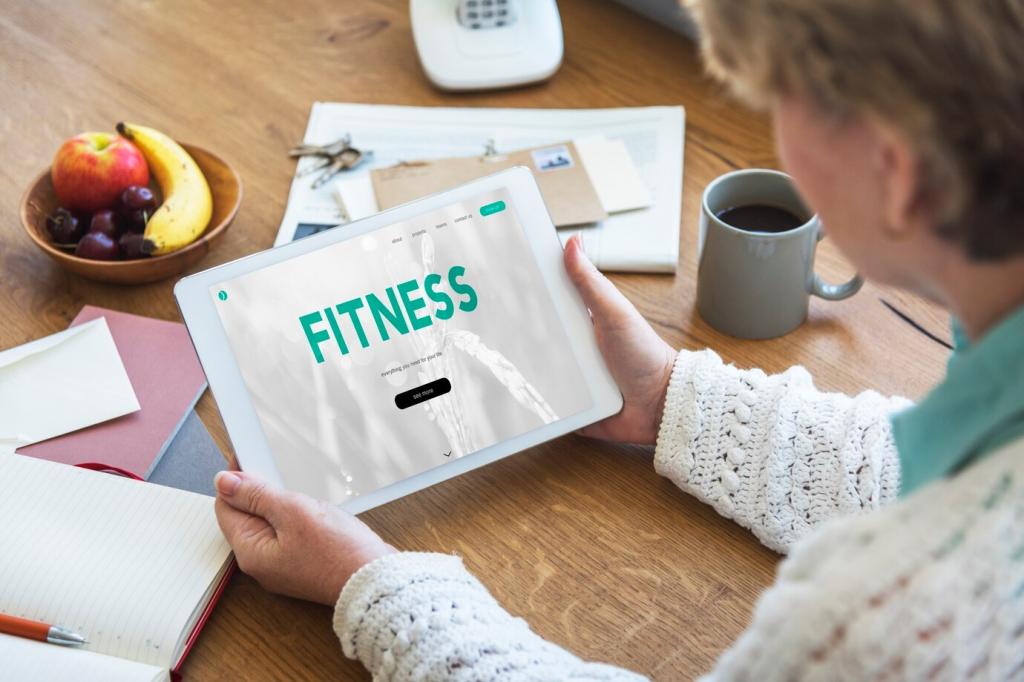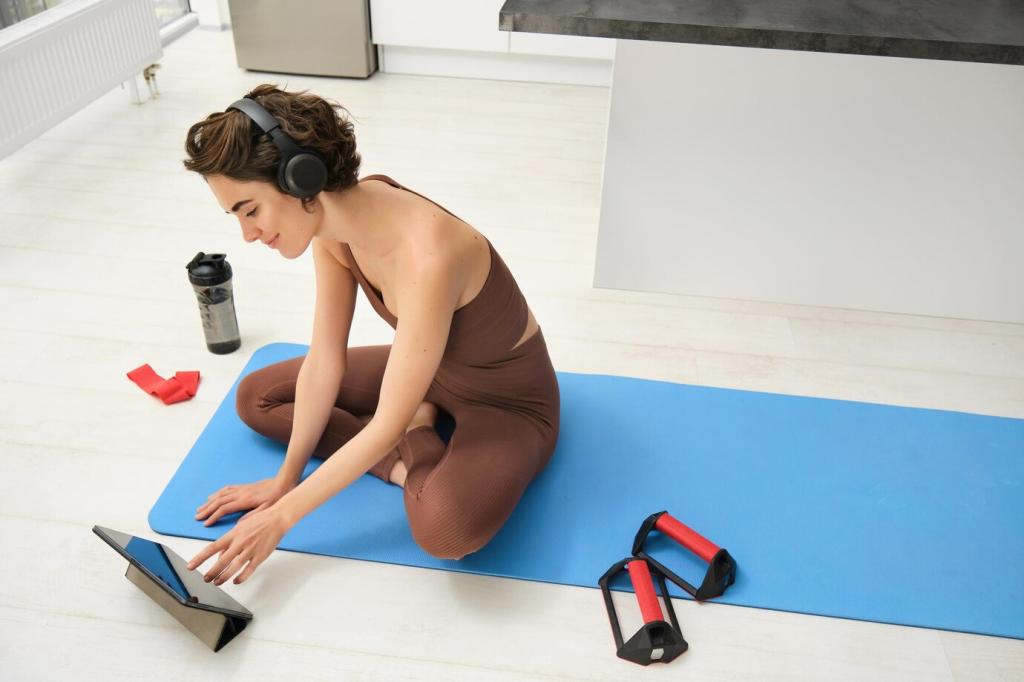Start Smart: Assessing a Beginner’s Baseline
Answer quick readiness questions, note any medical considerations, and write down what activities you genuinely enjoy. This gentle audit keeps your plan realistic, safe, and emotionally rewarding from the very first session.
Start Smart: Assessing a Beginner’s Baseline
Unusual chest discomfort, dizziness, or unexplained shortness of breath deserve medical clearance before training. Pros also watch for joint pain history, sleep issues, and stress levels that influence recovery, plan intensity, and early adherence.



